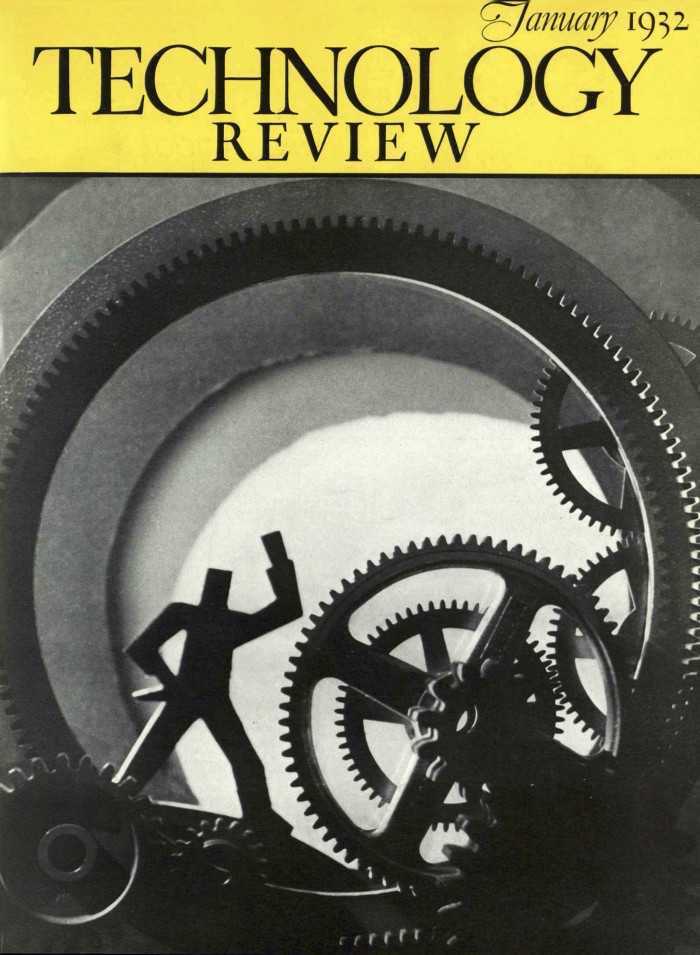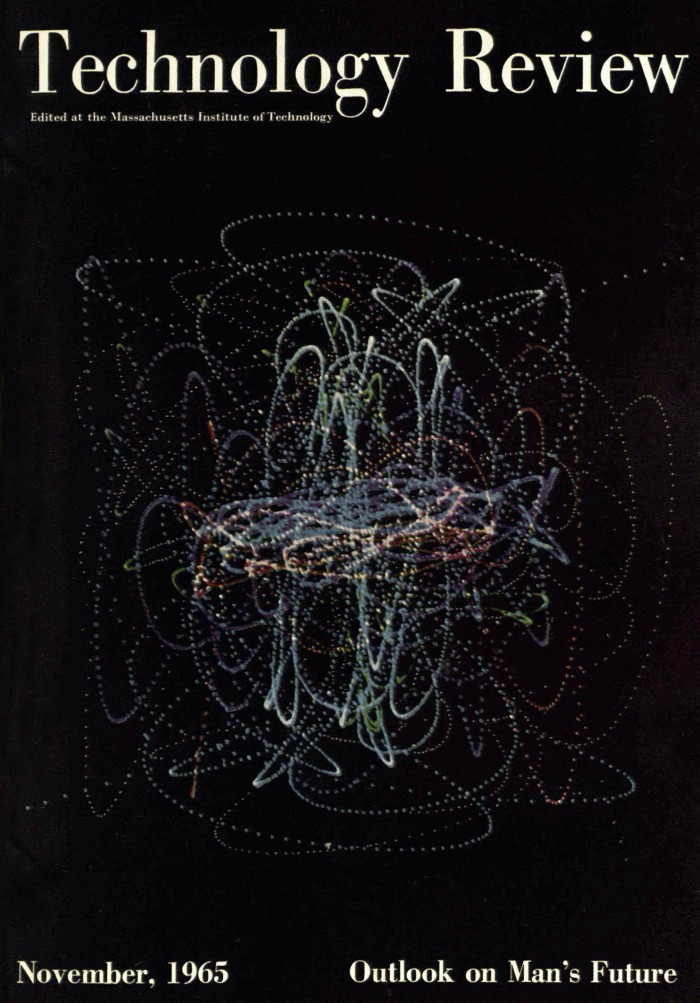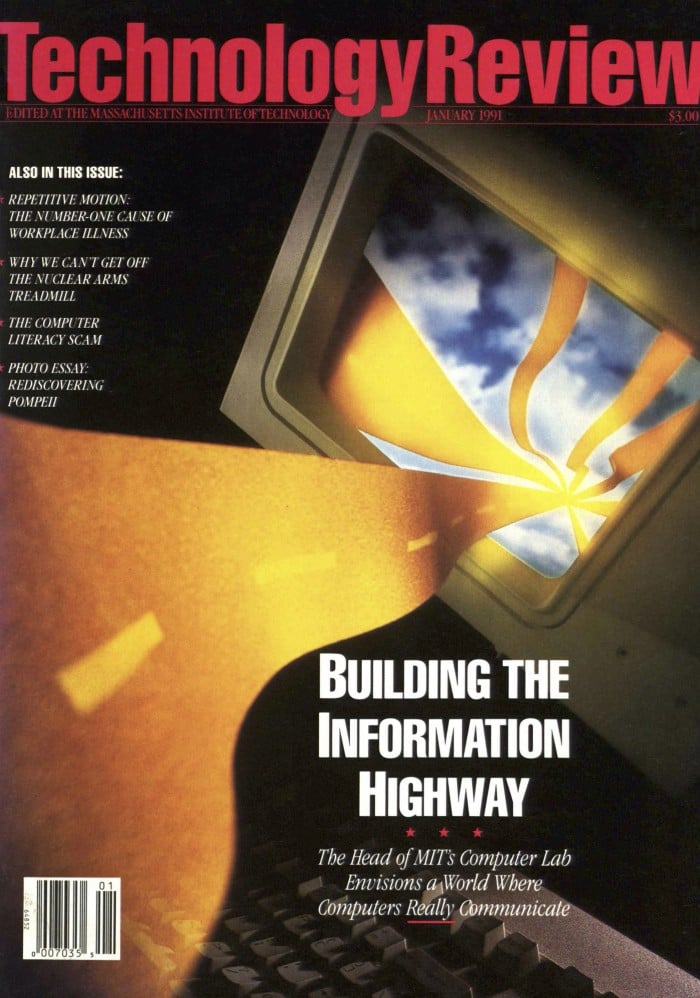A brief history of the future

January 1932
From “The Future of Engineering”: Interpretation of the events in the past is the only valid method of predicting the future. The tremendous advances of our own civilization during the past 100 years are due more than anything else to the harnessing of the power of steam and the utilization of the energy in coal and water power. The socially important aspect of the machine age is not the machines themselves but is to be found in the fact that increased productive power has released human thought and energy for development in directions other than mere existence. If “the pathway to the future is in the hands of the engineer,” then he has a very grave responsibility! It is not enough that he should produce new implements for man’s desires; he must take a leading part in seeing to it that the new world which he is creating is a good sort of a place in which to live.

November 1965
From “The Economics of Year 2001”: The upper classes in the United States are rich, but the average income recipient has unsatisfied wants and there are substantial pockets of poverty. If we discuss 2001, however, we can pass the problem of abundance. At 3 per cent rate of growth, income per capita will be more than doubled by that year. The less developed countries may not have come very far by 2001, but they will have controlled their population rates of growth, I venture to predict, and their rates of growth in goods and services will be substantial. I assert that economics in 2001 will have the answers to a lot of questions we cannot answer today. Economics is like meteorology—a field where small differences in the relations among variables are critical to the character of the outcome. Unhappily, in its strong subjective element it has one disadvantage over meteorology. Unlike raindrops, people adjust their behavior.

January 1991
From “Building the Information Marketplace”: The vision I have is of an information infrastructure that would make it easy for the computers in every home, office, school, and factory to interconnect. Text, movies, software, and more would move easily over this substrate. By speeding up many of today’s tasks and making possible an almost unlimited number of new activities, this infrastructure should improve our economy and our way of life. The National Information Infrastructure would make possible a United States where business mail would routinely reach its destination in five seconds instead of five days; where goods would be ordered and paid for electronically; where a retired engineer in Florida could teach high school algebra to students in New York City; where a parent could deliver office work to a distant employer while taking care of young children at home—and on the list goes.
Deep Dive
Humans and technology
Building a more reliable supply chain
Rapidly advancing technologies are building the modern supply chain, making transparent, collaborative, and data-driven systems a reality.
Building a data-driven health-care ecosystem
Harnessing data to improve the equity, affordability, and quality of the health care system.
Let’s not make the same mistakes with AI that we made with social media
Social media’s unregulated evolution over the past decade holds a lot of lessons that apply directly to AI companies and technologies.
Stay connected
Get the latest updates from
MIT Technology Review
Discover special offers, top stories, upcoming events, and more.